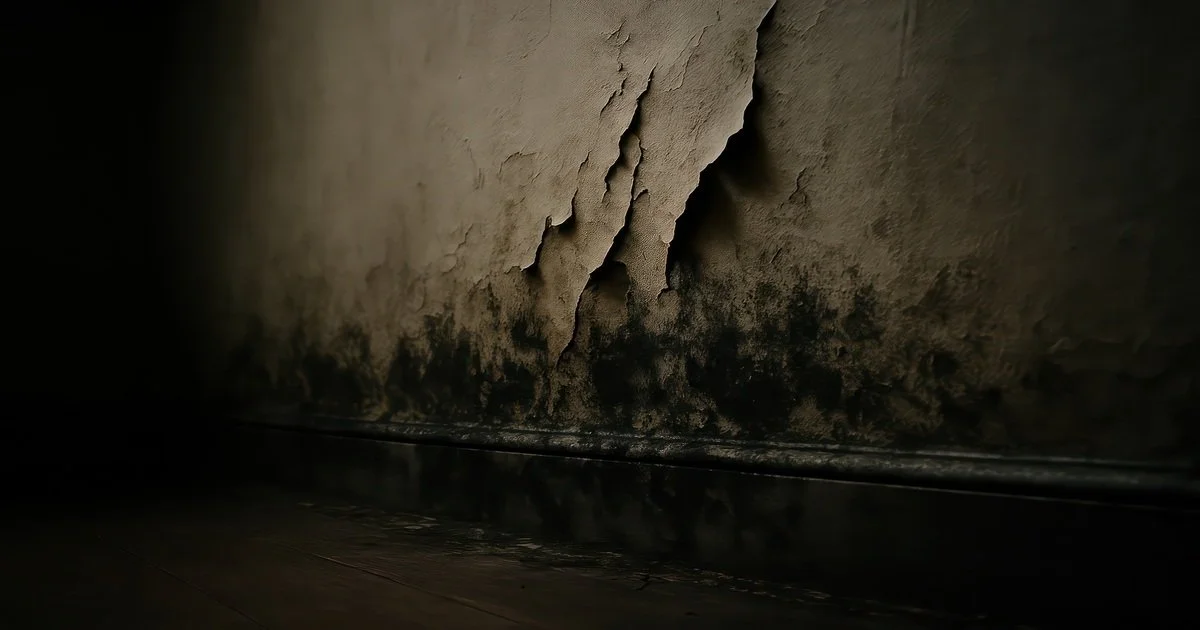Mold & Moisture Testing for Safe, Healthy Homes
Mold and moisture issues pose significant risks to both property value and human health, making proper testing an essential part of responsible homeownership and real estate due diligence. In climates with higher humidity—like much of Texas—mold can thrive quickly in areas that remain damp or poorly ventilated. What starts as a small moisture imbalance can evolve into a hidden problem behind walls, under flooring, or in HVAC systems, affecting indoor air quality and potentially causing long-term structural damage.
For buyers and sellers, early mold and moisture assessment creates clarity and prevents unexpected issues during inspection periods. A property that appears clean and visually sound can still harbor elevated humidity levels, hidden leaks, or minor fungal growth. Testing helps uncover these risks long before they escalate, making the transaction smoother and reducing repair surprises later. Whether preparing a home for sale or evaluating a property before purchase, mold and moisture testing ensures transparency, safety, and confidence for everyone involved.
Understanding What Mold & Moisture Inspectors Evaluate
A mold and moisture inspection begins with a thorough visual assessment of key areas known to be prone to moisture intrusion. This includes bathrooms, kitchens, attics, crawl spaces, basements, closets, and areas surrounding plumbing fixtures. Inspectors look for signs such as discoloration, peeling paint, warped flooring, musty odors, and condensation—often indicators of prolonged moisture exposure. In addition to visual cues, humidity levels and ventilation quality are evaluated to determine whether conditions exist that could support mold growth even if no visible mold is present.
Professional inspectors use specialized tools such as moisture meters, infrared cameras, and air sampling devices to measure moisture levels inside walls, floors, ceilings, and air ducts. These tools help detect issues that are invisible to the naked eye, such as slow leaks behind tile, compromised insulation, or HVAC contamination. When necessary, surface swabs or airborne spore samples are collected and analyzed in certified laboratories, providing an accurate profile of mold types present and their potential health implications. These detailed findings allow homeowners and buyers to understand the root cause of moisture problems and plan appropriate remediation.
Why Mold & Moisture Testing Matters in Texas’ Humid Climate
Texas’ weather patterns create a unique set of challenges for preventing mold and moisture problems. High humidity levels, sudden temperature changes, and heavy seasonal rainfall increase the likelihood of concealed moisture pockets within a home. Even small issues—like poor attic ventilation or minor roof leaks—can lead to mold formation that grows undetected for months. Older homes, houses with previous flooding, or properties with improper drainage are especially vulnerable.
Because mold develops rapidly in moist environments, early testing helps identify issues before they turn into costly damage. Mold-related repairs can involve replacing drywall, flooring, insulation, and in some cases, structural components. Additionally, insurance companies may require documentation of mold conditions during claims related to water damage or storm events. For buyers, discovering mold during the inspection period may lead to renegotiations, repair requests, or delays in closing. For sellers, addressing these issues in advance ensures a more seamless transaction and strengthens buyer confidence.
Prevention Strategies and Long-Term Moisture Control
Effective moisture prevention starts with maintaining proper ventilation and addressing leaks or drainage issues promptly. Routine inspections of plumbing lines, roof systems, and HVAC equipment help catch early warning signs. Ensuring that bathrooms and kitchens are properly ventilated, cleaning air ducts regularly, and keeping gutters and downspouts functioning correctly all contribute to maintaining a dry, healthy environment. Homes with high humidity can also benefit from dehumidifiers, attic fans, or upgraded insulation designed to reduce condensation.
For homes that have previously experienced mold, ongoing moisture monitoring is crucial. Scheduled humidity checks, seasonal HVAC maintenance, and regular visual inspections of high-risk areas help prevent recurrence. Installing moisture barriers, improving grading around the property, and sealing gaps around windows and doors also provide long-term protection. By combining early testing with proactive care, homeowners can minimize both structural damage and health risks associated with mold exposure, ensuring a cleaner and more stable living environment.
Protect Your Property With Trusted Mold Specialists
If you need mold testing, moisture diagnostics, or assistance with prevention and remediation, we work closely with trusted specialists who deliver accurate assessments and effective solutions. Contact us anytime—we’ll connect you with reliable professionals and coordinate everything you need to keep your property safe, dry, and in excellent condition.



